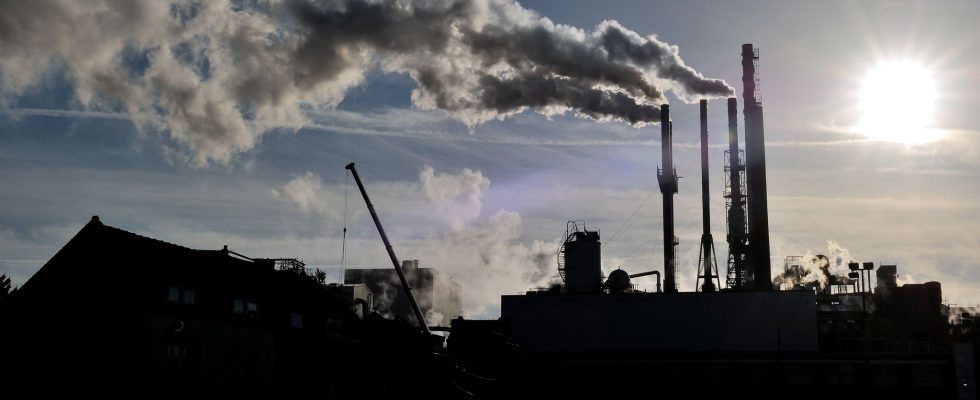Pull CO2 directly from the atmosphere before storing it, one way or another. In France, the idea does not really find an attentive ear. No question – for the moment – of following the American example and building huge installations equipped with air extractors and filters in order to remove part of the carbon dioxide generated by human activities. As summarized by the highly listened Jean-Marc Jancovici, if the 40 million tons of CO2 emitted annually by humanity were to be “recovered” by this process, it would be necessary to devote at least the equivalent of the world’s electricity production to it. Too expensive, too expensive, this system would therefore have no future. Especially since it can encourage oil companies to continue their investments in fossil fuels.
Yet, on closer inspection, this carbon dioxide removal (EDC) technology might be more useful than you might think. At the beginning of July, it was also the subject – along with other solutions – of a petition supported by entrepreneurs, NGOs and also scientists. “In France, the debate on this question is often presented in a caricatural way, regrets Sylvain Delerce, associate research director at Carbon Gap, an NGO dedicated to the elimination of CO2. Too bad, because the stake is important”.
According to the work of the IPCC, we will need, from 2050, to remove from the atmosphere between 5 and 15 billion tonnes of CO2 per year in a successful decarbonization scenario, which is not guaranteed, in order to keep our long-term goals. “Logic: certain activities, such as transport or heavy industry, will continue to produce residual emissions in the future. And we will also have to dig into the historical stock of CO2 in the atmosphere, in order to bring back the concentration of this element at a more reasonable threshold”, explains Karim Rahmani, founder of the start-up Carbon-impact, whose activity consists of recovering CO2 from biomass power plants.
“Even if we take the middle of the range, or 10 billion, this is a considerable volume. Today, barely two million tonnes are withdrawn sustainably worldwide by different methods. In other words, we would have to multiply international capture capacities by… 5,000! France, like other countries, will have to get started”, explains Benjamin Tincq, founder of Marble, a company promoting technological solutions for the climate. .
In this context, the aspiration of CO2 in the air has its place, in the same way as other technologies such as the spreading of “biochar”, a charcoal produced from plant residues and capable of enriching the grounds. Some scientists are also calling for ways to study more controversial avenues aimed at modifying the chemistry of the oceans in order to boost their power to sequester CO2.
Diversify approaches
France, she favors other ways. In its national low-carbon strategy, it relies heavily on the “natural sinks” formed by forests. However, over time and droughts, these become more fragile, gradually losing their status as green lungs. The country is also positioning itself on the recovery of carbon dioxide from factory chimneys. “But that’s not enough. We have to diversify the approaches, warns Sylvain Delerce. Otherwise we risk finding ourselves in the middle of the century in a situation where we will have reduced everything we could in terms of emissions of CO2 without that being enough to reach the famous “net zero”, and without having alternative tools to dig into residual or historical emissions”.
Of course, in the intensive phase of decarbonization – the one that runs until 2050 – EDCs will play a minimal role, which does not help to take them seriously. But if France does not invest quickly in this sector, it will fall behind. According to the directors of Climeworks, which operate the largest atmospheric CO2 extraction plant in the world in Iceland, it takes several decades to reduce costs and break even. “The ideal would be for us to be able to replicate the drop in costs and the pace of deployment of photovoltaic technologies”, confides Karim Rahmani.
Everything remains to be done: in France, a few start-ups are just beginning to position themselves on the subject. “We tend to think that the United States is making a dangerous bet because it is betting, with its two large CO2 suction projects located in Texas, on an immature technology. But the Americans could answer that we are doing the same by relying heavily on the storage capacity of the forest, which will only wither,” summarizes Sylvain Delerce. Who is right ? “At least the United States is not putting their eggs in one basket, underlines an expert. Because with their Inflation Act, they have the means to subsidize all the technological options available”.
